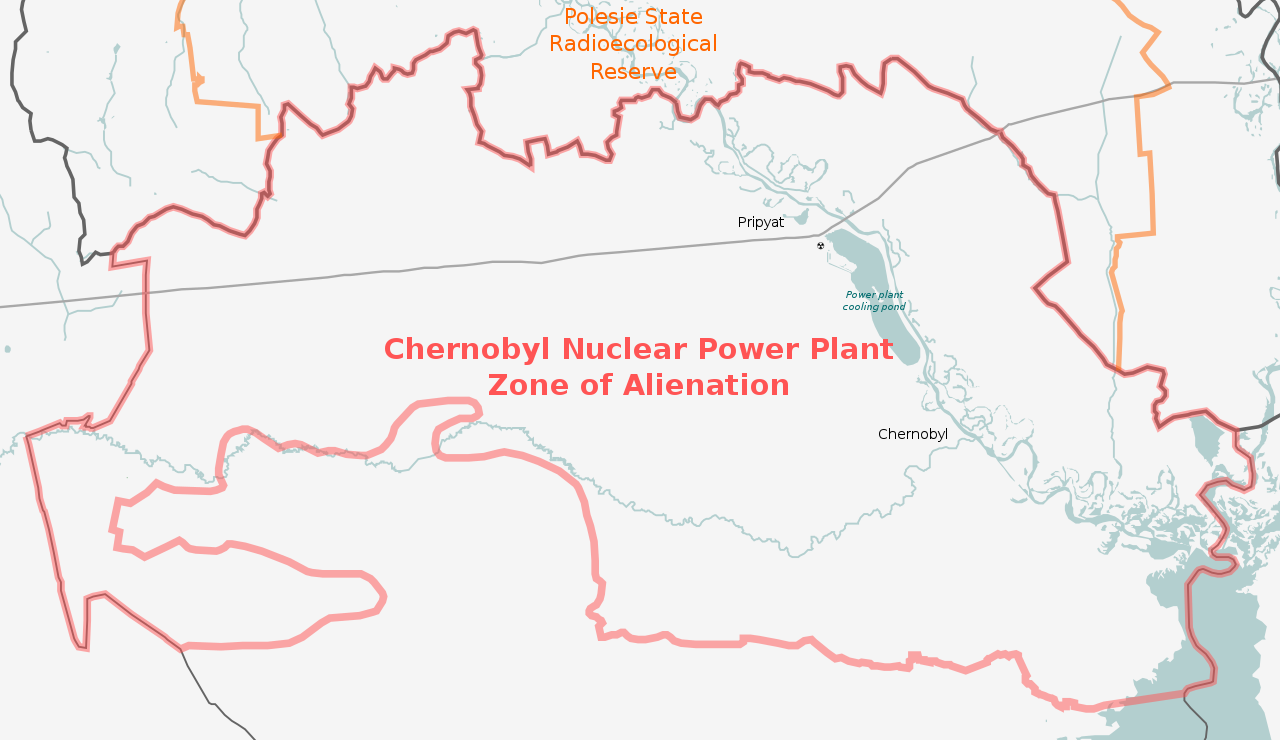There has been great concern following the Russian occupation of the Chernobyl nuclear power plant that there is an increased danger of release of radioactive materials into the atmosphere. A large area was irradiated by the nuclear accident in 1986. Now those concerns have been verified.
At first, the movement of Russian heavy equipment and vehicles around the plant stirred up some radioactively contaminated soil. Now Russian shelling of a village where Chernobyl workers live has started a twenty-five acre forest fire whose smoke is carrying radioactive materials into the atmosphere. Officials are concerned that the fire could spread through the forest and engulf the power plant. This would lead to a nuclear disaster with severe consequences for Ukraine and the whole world.
Inna Sovsun is a Ukrainian politician who tweeted that Ukrainian officials are unable to put out the forest fire because the area is under Russian control and the Russians will not let Ukrainian firefighters approach the fire. She tweeted that “10 hectares of forest are burning in the Chornobyl Zone, caused by shelling. It isn’t possible to put out the fire now, as this territory isn’t controlled by Ukraine. We’re afraid that the fire will reach the nuclear power plant. The radiation level is already elevated.”
Ms. Sovsun’s remarks came after the speaker of the Ukrainian parliament, Lyudmila Denisova, announed details of the wildfires earlier today. Denisova stated that thirty-one fires have already been recorded in the Chernobyl Exclusion Zone (CEZ) which is a one thousand square area surrounding the plant where radioactivity from the nuclear disaster is highest and where public access and residence is restricted.
Ms. Denisova warned that the forest fires have already led to a spike in radioactive air pollution. She called on the International Atomic Energy Agency (IAEA) to send experts and firefighters to Ukraine in order to “prevent irreparable consequences not only for Ukraine but for the whole world. As a result of combustion, radionuclides are released into the atmosphere, which are carried by wind over long distances. This threatens radiation to Ukraine, Belarus and European countries.”
Chernobyl contains spent nuclear fuel storage facilities and nuclear waste dumps. If they are set alight, it could lead to a major nuclear disaster. The fires could intensify based on the weather. There could be large-scale blazes if weather condition became windy and dry.
However, Russian state media channels claim that the CEZ is not on fire. They showed video of an area that they claimed is near the Chernobyl plant without any blazes raging or smoke billowing into the sky.
Access to the CEZ was restricted after the nuclear disaster when an explosion on April 26, 1986, produced a radioactive cloud that stretched across Europe. This event is called the worst nuclear disaster in history.
Earlier today, Ukrainian authorities announced that Russian forces had fired rockets at a nuclear research facility in Kharkov which is currently under siege. There are fears that Russian shelling of Ukrainian checkpoints in the city of Slavutych, a village which houses Chernobyl nuclear workers is prevent workers from entering or leaving the plant. The Russian attack came just days after Ukrainian workers who were being held by Russian forces to maintain the nuclear power plant for four weeks without staff rotation were finally able to go back to their homes in Slavutych. Staff working at Chernobyl have been held hostage since Russia captured the site on the first day of the invasion on February 24.






